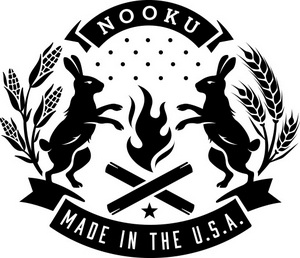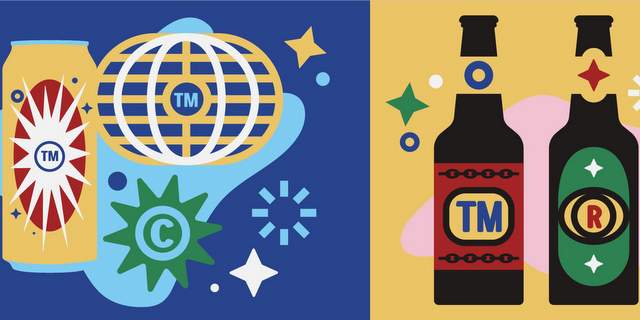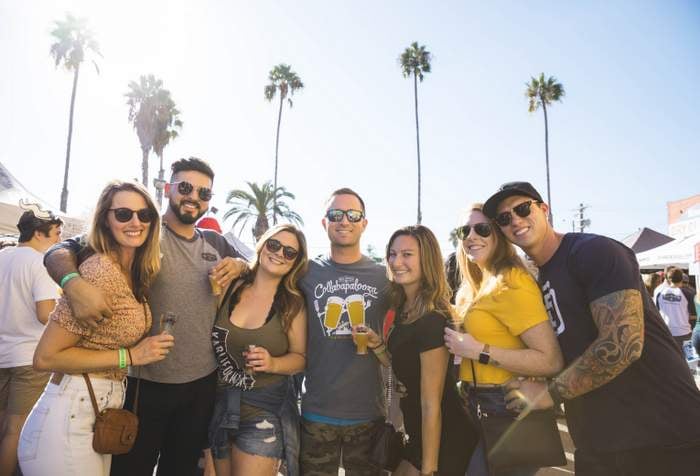
Every brewery has a story to tell, and often that story is reflected through the trademarked names and logos it chooses for itself and its beers. Over time these trademarks come to immediately impart information to consumers about the brewery’s reputation and its product quality. For these reasons, choosing a trademark is of paramount importance.
Several recent cases, however, highlight that there is more to choosing a name than meets the eye. From cities to deceased famous musicians, breweries have found themselves in unexpected fights over the names they have chosen for themselves and their beer.
For example, given the importance of community, it is not uncommon for a brewery to use names and images from their surrounding neighborhood. This can lead to issues, however, as seen through the dispute between Old Town Brewing and its hometown of Portland. Old Town Brewing applied for and received a trademark for a leaping stag in the category of beer. The stag, not coincidentally, came from an iconic sign hanging in the Old Town section of Portland. Portland itself held many trademarks to the stag in other categories. The two co-existed peacefully for years until the city decided it wanted to license the stag to a large international beer conglomerate. Thus started a protracted battle over the mark in which Old Town first prevailed in the courts and just recently settled. Of course, while the brewery ultimately prevailed, it presumably spent a lot of money to do so.
It is also common for breweries to name and market a beer in a way that plays on the name of a celebrity (not to mention films, movies and other intellectual property). The recent lawsuit brought by Thelonious Monk’s son against North Coast Brewing reveals the hidden danger in this approach.
North Coast has long brewed an ale in the Trappist style called “Brother Thelonious Belgian Style Abbey Ale.” The ale’s label and packing prominently feature the name, image and likeness of Thelonious Monk, a famous jazz musician. While North Coast believed it had the right to use Monk’s name, the son disagreed. And even though Monk’s son did not hold a trademark in Monk’s name, this did not keep him from suing the brewery for false endorsement, as well as for violating Monk’s rights of publicity. The son’s claims recently survived a motion to dismiss, meaning that the dispute will continue to make its way through the courts for some time.

Finally, while it does not involve beer, a case in the spirits world shows the dangers of using seemingly benign imagery in labels and advertising. Recently, a Kentucky distillery, Rabbit Hole Spirits, sued a Colorado distillery, Old Elk Distillery. In addition to its name, Rabbit Hole also uses a trademarked image of a jumping rabbit to sell its bourbons. In its lawsuit, Rabbit Hole accuses Old Elk of using its “jumping rabbit design mark” to “sell distilled spirits to consumers,” namely a “bourbon cream product.”
From the Complaint, confusion seems likely – after all, both companies are selling bourbon products using the same “rabbit jumping mark.” When one views the bottles, however, the result becomes much less certain. First, Old Elk is selling its bourbon cream product under the brand name “Nooku.” Second, the two rabbits are dissimilar in appearance. Each has a distinctive look: the Rabbit Hole rabbit is sleek and is jumping down into a hole (hence evoking the distillery’s name), whereas the Old Elk rabbit has a more retro-feel, is jumping straight and has a flowing ribbon. Of course, regardless of the outcome, Old Elk appears to be in for a long fight.
 These are only a few of the many traps for the unwary. Clearing a mark prior to use is vital to avoid litigation and the danger of losing the trademark altogether, along with the goodwill that the brewery has spent time and money building up in the mark. Indeed, given the importance of marketing to the success of a brewery, a brewery should devote as much time and attention to minimizing the risks in its name, beer names and labels as it does to brewing quality beer.
These are only a few of the many traps for the unwary. Clearing a mark prior to use is vital to avoid litigation and the danger of losing the trademark altogether, along with the goodwill that the brewery has spent time and money building up in the mark. Indeed, given the importance of marketing to the success of a brewery, a brewery should devote as much time and attention to minimizing the risks in its name, beer names and labels as it does to brewing quality beer.
Here’s some additional CBB content on how to protect your brewery:
- The secret sauce: Protecting brewing recipes and processes (the role of intellectual property)
- Copy cats: Learn how to avoid those not-so-obvious beer brand trademarks
- How to defend your craft beer trademarks
- Craft beer trademarks: Likelihood of confusion
This commentary was sent in by Aaron Wais, co-chair of MSK’s Alcohol Beverage Industry group, as well as its Entertainment & IP Litigation Group. He has extensive experience providing pragmatic legal advice to companies across a range of industries on a variety of legal issues that also impact the alcohol beverage industry, including trademark, false advertising, misappropriation of publicity rights, FTC compliance and data privacy and security. You can reach him at [email protected].






[…] Trademark law gives companies a lot of power to protest the use of words, often very common words (See Beer Trademarks) […]